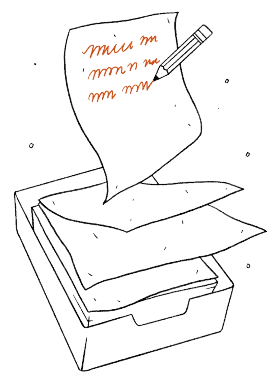Today's News, Tomorrow's Lesson - October 7, 2013
Emma Seith Small cubes that can independently roll across the ground, leap through the air, and snap together to form different shapes have been developed by scientists at the Massachusetts Institute of Technology (MIT).











